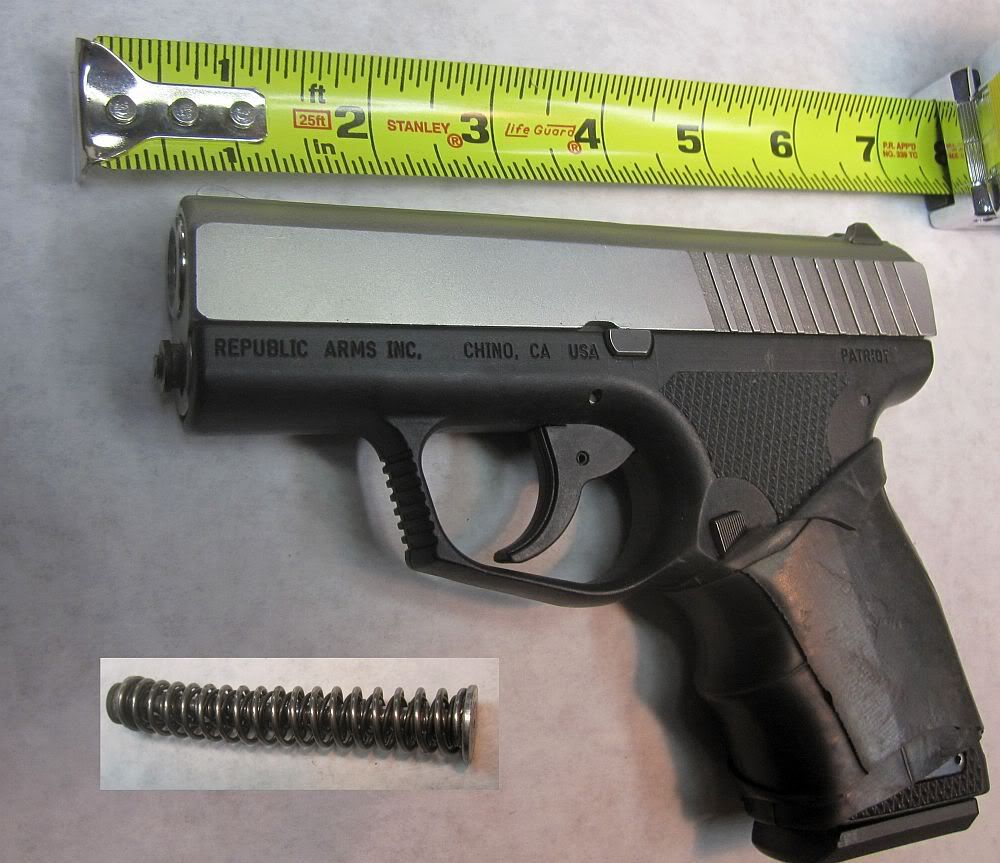IllinoisCoyoteHunter
New member
Has anyone here used 460 rowland data in 45 acp cases and fired them out of a 45 acp chambered barrel?
For example, say a glock 21 with an aftermarket, fully supported Lone wolf, bar sto, or storm lake barrel???
I understand that a 24# recoil spring would probably be needed, and possibly some stiffer springs in the magazine to compensate for increased slide speed.
Aside from the metalurgy of the barrel (which is probably the exact same for all barrels within a given manufacturer, whether it will be a 45 acp barrel or 10mm barrel) what else might be a hold up???
Internal case capacity is the same for both cartridges. The only difference is the extra length on the 460 cases which may give a little extra bullet grip (case tension). Aside from that, both cartridges are loaded to the same COL and the brass is the same thickness throughout.
Also, Johnny Rowland claims that a compensator is needed for the round to cycle properly, but there are uncompensated barrels out there that seem to work just fine.
So what gives??
For example, say a glock 21 with an aftermarket, fully supported Lone wolf, bar sto, or storm lake barrel???
I understand that a 24# recoil spring would probably be needed, and possibly some stiffer springs in the magazine to compensate for increased slide speed.
Aside from the metalurgy of the barrel (which is probably the exact same for all barrels within a given manufacturer, whether it will be a 45 acp barrel or 10mm barrel) what else might be a hold up???
Internal case capacity is the same for both cartridges. The only difference is the extra length on the 460 cases which may give a little extra bullet grip (case tension). Aside from that, both cartridges are loaded to the same COL and the brass is the same thickness throughout.
Also, Johnny Rowland claims that a compensator is needed for the round to cycle properly, but there are uncompensated barrels out there that seem to work just fine.
So what gives??







